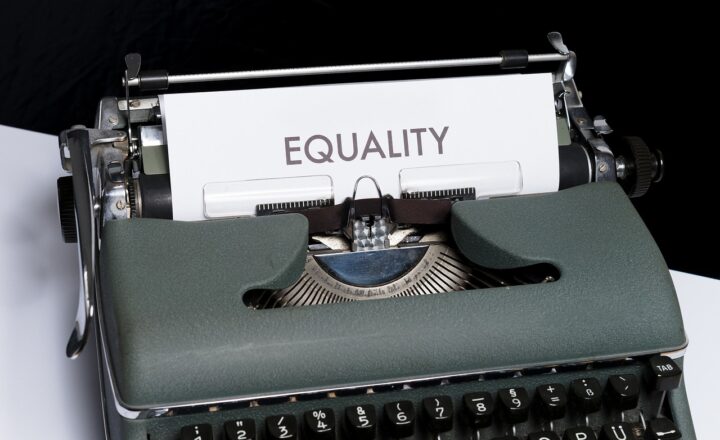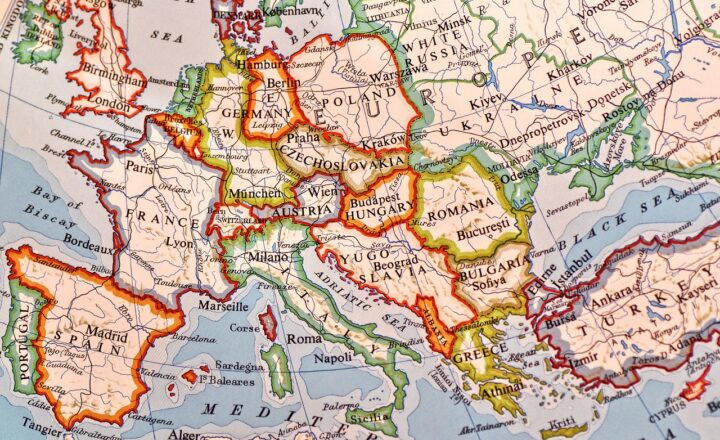
### Introduction
The tale of how a simple game of golf transformed into a monumental moment of diplomacy is one for the ages. It’s not every day that a sport is used as a medium for peace negotiations, especially one that ends a conflict as prolonged as a 500-year-old war. The fascinating narrative takes us on a journey through history, politics, and the role of seemingly innocuous activities in shaping our world.
—
### The Historical Backdrop
To understand the significance of this game of golf, we first must delve into the tumultuous history that led to the longstanding war. The conflict, deeply rooted in territorial disputes and cultural misunderstandings, saw two nations—let’s refer to them as Nation A and Nation B—embroiled in continuous skirmishes since their initial confrontation in the 15th century. With countless lives lost and a cycle of violence embedded in the cultural psyche, the need for resolution became an urgent yet daunting task.
#### The Catalyst for Peace
As the 21st century rolled in, both nations found themselves at a crossroads. Tired of bloodshed and desperate for a change, leaders from both sides started to seek innovative ways to bridge the gap. Early diplomatic efforts proved fruitless—traditional negotiation tactics stalled as mistrust siphoned away any hope for fruitful discussion. This is when a game of golf emerged as an unlikely yet compelling solution.
—
### The Unlikely Proposal
In a bold move, a prominent figure from Nation A proposed the idea of hosting a golf tournament between leading officials from both nations. On the surface, it seemed trivial; how could a game of golf possibly address centuries of animosity? Yet, that was exactly why it might work.
Here is the rationale behind it:
1. **Casual Environment**
– Golf offers a laid-back atmosphere, minimizing the stress associated with formal negotiations. Such an environment can foster open communication and camaraderie.
2. **Building Relationships**
– Golf is a game that requires strategy and patience—qualities essential in diplomacy. Building rapport over shared interests could help dismantle long-held prejudices.
3. **Symbolism of Unity**
– The act of playing together on a neutral ground served as a potent symbol of unity. The mere sight of leaders engaged in a joint activity spoke volumes about a willingness to collaborate.
—
### The Tournament
The golf tournament was meticulously planned, with representatives from both nations ensuring that everything was above board. The event was held at an exquisite course located in a neutral territory, free from any political entanglements.
Hundreds of spectators gathered, but more importantly, the world watched closely. The leaders arrived not just as rivals but as players determined to reshape history. As they teed off, what began as a game slowly morphed into something more profound—an act of defiance against the dark cloud of conflict that had loomed for centuries.
#### The Game Itself
As the tournament progressed, it became evident that mutual respect was growing. Laughter, cheers, and even jabs were exchanged as the players engaged intensely but amicably. Stories were shared, and cultural nuances were explored on the green. The golf game unwittingly became a wellspring of ideas and a burgeoning diplomatic dialogue.
—
### The Turning Point
After days of both rivalry and bonding, a moment of truth emerged during the final day of the tournament. Both nations’ leaders found themselves at the last hole, with everything on the line—not just a trophy, but their legacy. As they played, the conversation shifted from witty banter to discussing the very reasons the war had begun.
#### Finding Common Ground
During a critical moment, one of the leaders expressed sorrow over past actions and extended a hand toward reconciliation. This simple act of vulnerability had a monumental impact, breaking down walls of mistrust that had been erected over 500 years.
—
### The Aftermath: A New Beginning
What transpired next was unexpected. With the tournament concluded, both leaders left the course not only as better golfers but as partners in progress. They took to media, announcing a series of proposed peace talks, and within months, formal negotiations were underway.
#### Challenges Ahead
While still fraught with complexities, the atmosphere surrounding the negotiations was markedly different. The tone had shifted from animosity to understanding. The desire for peace had found new life, largely attributed to the game of golf that served as a unifying force.
—
### Conclusion
Long after the last putt was made, the impact of that game of golf continued to resonate. In a world where conflicts often dominate headlines, the story of how a sport helped end a 500-year-old war serves as a powerful reminder: sometimes, the simplest actions can yield the most extraordinary outcomes. The journey from the golf course to the negotiating table demonstrated a profound lesson on reconciliation — that unity can emerge even amidst deep divides.
Perhaps the greatest legacy of that tournament was not the resolved conflict itself, but the inherent potential within every act of humanity to heal even the deepest scars of a troubled past.
—
### Reflection Questions
– What lessons can modern diplomacy learn from approaches like these, based on activities that promote unity?
– How can sports be leveraged as a platform for dialogue in other ongoing global conflicts?
– What role does vulnerability play in negotiating peace, as showcased in this case?
Whether through golf or other mediums, the quest for peace should remain at the forefront of our global narrative, inspiring future generations to find their own pathways to harmony.







